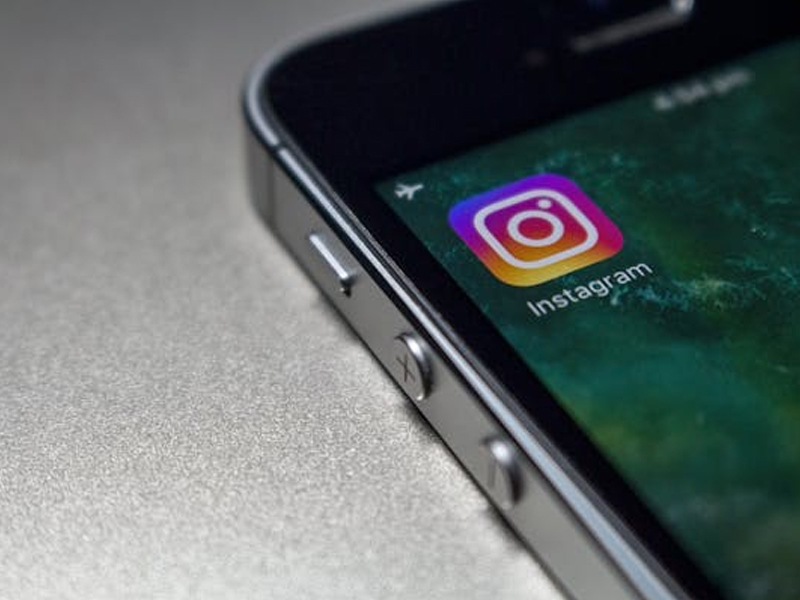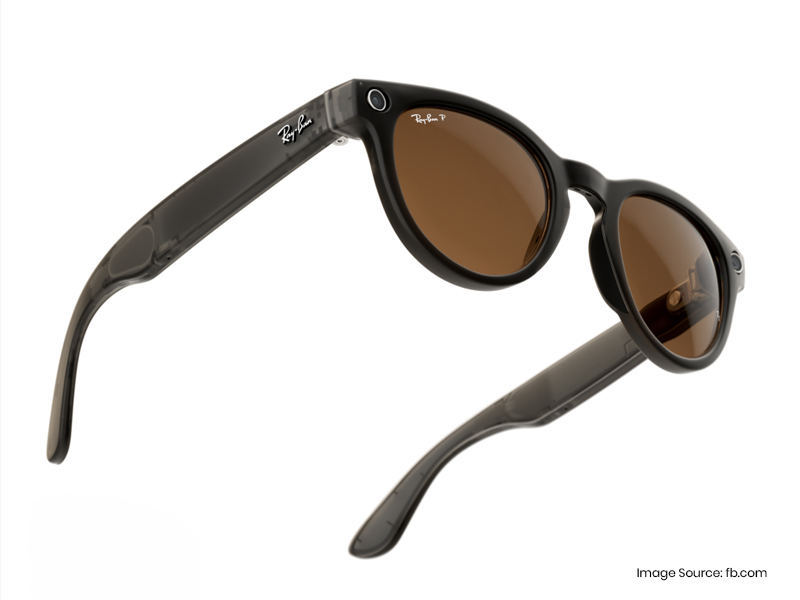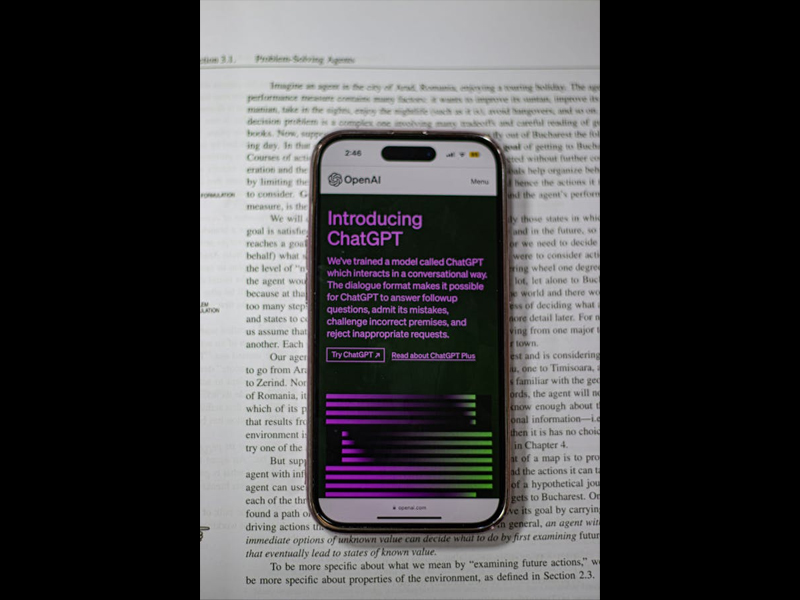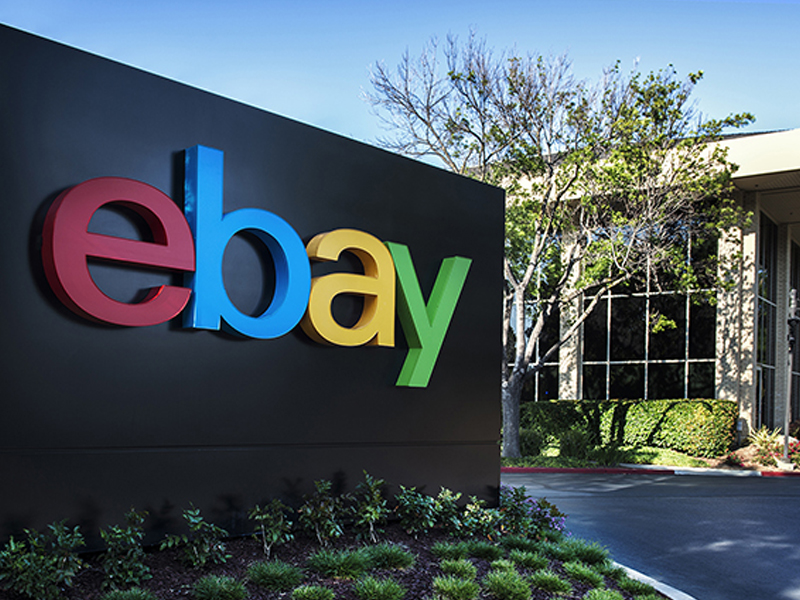Microsoft had already announced that it was giving its latest version of Windows, the Windows 10 as free upgrade for its earlier users. However some users have started complaining that they weren’t adequately notified before the new Windows had taken its position comfortably on their Pcs.
Reports of unwanted Windows 10 upgrades have been circulating for the past few days on Reddit and Twitter, after the last Patch on Tuesday. These users say they never approved or initiated the upgrade, and were dragged away from their Windows 7 (or perhaps Windows 8) to the newer version.
Though Microsoft had previously announced that its users will get the upgrade it stated that first the users would receive a notification saying their PCs are scheduled to receive Windows 10 in the next three or four days. Users can click a small link to cancel or postpone the update, but simply closing the window will cause the notification to appear again one hour before the scheduled update time. If users don’t cancel or postpone within that timeframe, the update will begin automatically.
At that point, the only way to back out of the Windows 10 update is to “Decline” the End User License Agreement that appears during the installation. This will cause the system to roll back to the previous Windows version (though this is a somewhat time-consuming process).
For users who haven’t upgraded yet, it’s possible to avoid installing
Windows 10 by heading to Windows Update in the Control Panel, and unchecking the box under Recommended updates, which reads “Give me recommended updates the same way I receive important updates.”
Although Microsoft claims that users are fully in control of the process, the sudden confusion from users indicates that the company either failed or didn’t care to give users enough of a
heads up. There’s a lot to like in Windows 10, but the way Microsoft is delivering it, leaves much to be desired.




Protecting Teens on Instagram: Meta Tests Automatic Nudity Blurring in DMs
A Look Through the Metaverse: Unveiling Meta’s AR Glasses
A More Direct ChatGPT: A Step Towards Natural Conversation?
Bitcoin Halving: A Deep Dive into the Scheduled Supply Shock of Bitcoin